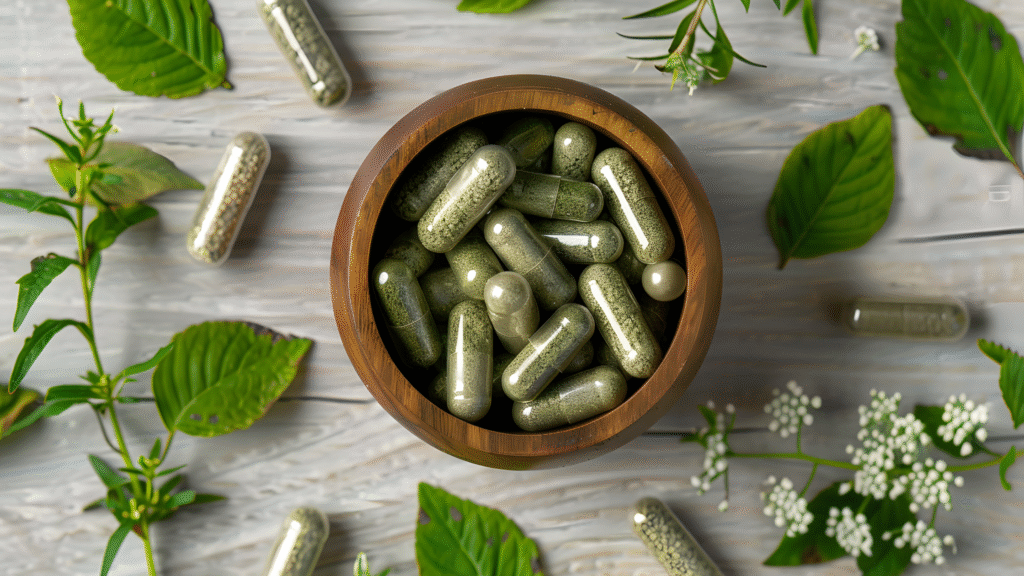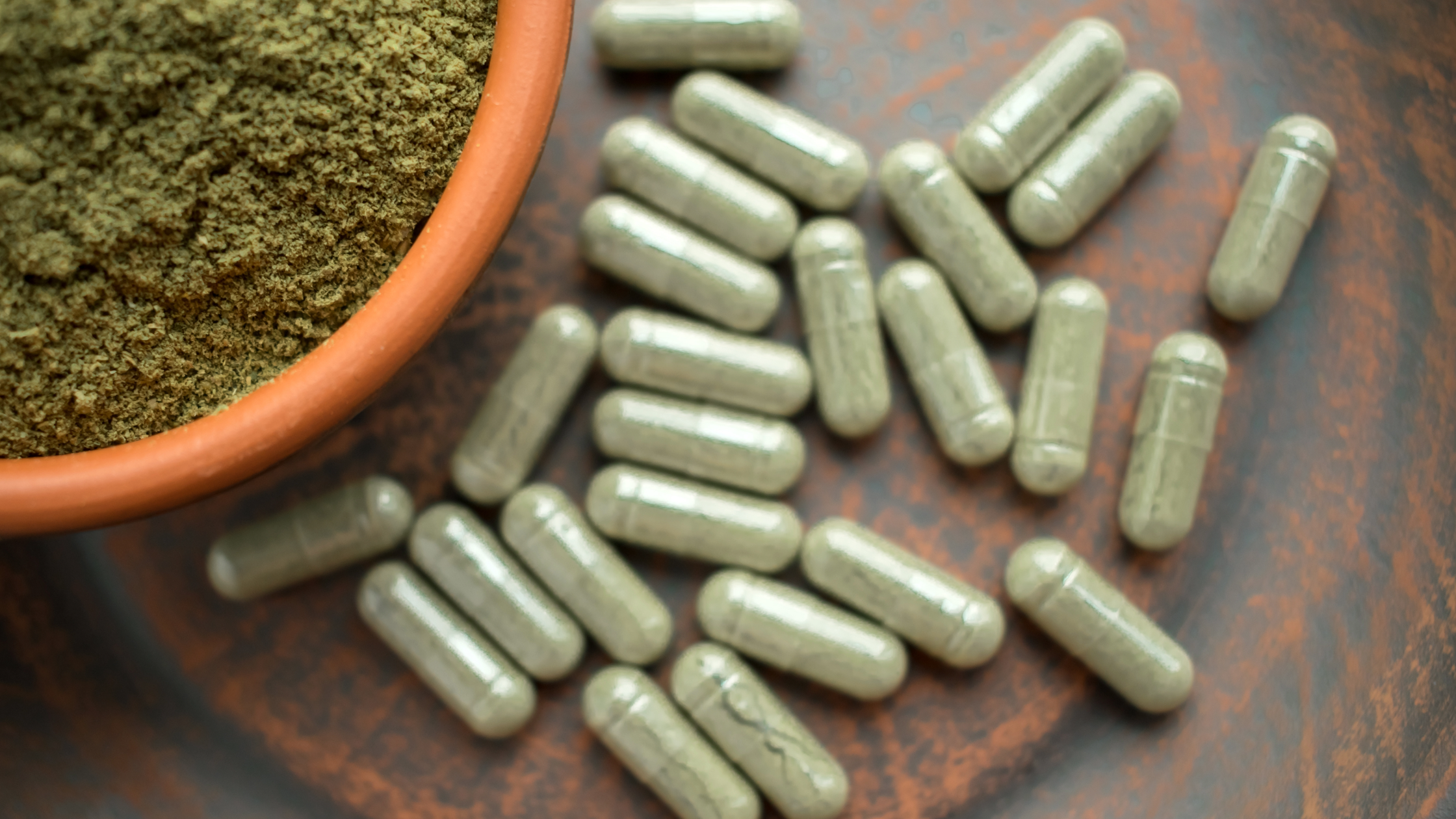Today, we’re diving into a topic that generates a lot of buzz (and sometimes a lot of confusion):
Kratom.
Kratom—or Mitragyna speciosa, if you want to get botanical—is an herbal product derived from a Southeast Asian tropical tree. People have used its leaves for hundreds of years, but its popularity in the U.S. is relatively recent. With that growth comes a flurry of questions, and, let’s be honest, some pervasive myths.
We’re here to grab our magnifying glass and put on our detective hats to separate the genuine facts from the exaggerated fiction. We want you to have straightforward, transparent, and honest discussions about what this plant is, what it does, and what you need to be aware of. Let’s get to the bottom of the most common Kratom questions and misconceptions!
Myth #1: Because Kratom is ‘Natural,’ it’s Completely Safe and Harmless.
This is probably the most common myth we hear, and it’s a dangerous one.
The Fact: Just because something comes from a plant doesn’t mean it’s without risks. Think about it: many potent pharmaceuticals are plant-derived, and various poisonous substances are 100% natural.
Kratom leaves contain active compounds called alkaloids, primarily mitragynine and 7- hydroxymitragynine. These compounds act on the brain’s opioid receptors, which is why they can have stimulant-like effects at low doses and more sedative, pain-reducing effects at higher doses. However, this interaction also means that Kratom carries a risk of dependence, withdrawal symptoms, and various side effects. It’s crucial to be aware of these potential risks. The U.S. Food and Drug Administration (FDA) has not approved Kratom for any medical use and has issued warnings against its use due to safety concerns. There is no official oversight to guarantee the purity or strength of products on the market, which can sometimes result in contaminated or inconsistent products with varying amounts of active ingredients.
The takeaway? Approach Kratom with the same caution you would any powerful substance. “Natural” does not automatically equal “safe.” You can always ask our educated staff on which brands are best and for more tips on choosing the best kratom products.

Myth #2: Kratom is a Safe, Non-Addictive Replacement for Opioids.
This is a critical area where misinformation can be very harmful.
The Fact: Kratom is not non-addictive, and substituting it for another substance is a risky move. Because the alkaloids in Kratom interact with the same opioid receptors in the brain, regular, frequent use can lead to physical dependence. People who use Kratom heavily or for a long time have reported experiencing withdrawal symptoms similar to those of opioid withdrawal, including muscle aches, intense cravings, anxiety, insomnia, and irritability, if they stop suddenly.
Myth #3: The Effects of Kratom are Always the Same, Regardless of the
Dose.
If you’ve heard that Kratom is just a mild mood-booster, you’ve only heard half the story.
The Fact: Kratom’s effects are strongly dose-dependent, meaning the amount you take changes the experience dramatically.
● At low doses (generally cited in studies as around 1 to 5 grams of raw leaf powder, though this varies wildly), Kratom users often report feeling more alert, energetic, and social. It acts as a mild stimulant.
● At higher doses (typically over 5 grams, up to 15 grams or more), the effects shift to be more opioid-like, producing feelings of pain relief, sedation, and calm.
Higher doses also significantly increase the risk of adverse side effects, which can range from nausea and constipation to more severe issues like liver damage, respiratory depression, or confusion. Dosage is everything, and the lack of standardization in products makes precise dosing difficult.
Myth #4: Kratom is Legal Everywhere in the U.S., So Regulation is Not a
Concern.
The legal landscape of Kratom is far from uniform and is constantly changing.
The Fact: Kratom’s legality is a patchwork across the United States. While there is no federal ban on Kratom in the U.S. at the moment, many states, counties, and cities have moved to regulate or outright ban its sale and possession. The Drug Enforcement Administration (DEA) currently lists Kratom as a “Drug and Chemical of Concern.”
Because there is no federal regulation governing purity and potency, some states have enacted their own laws, such as the Kratom Consumer Protection Act (KCPA), to establish standards for labeling, testing, and age limits (typically 18 or 21) to protect consumers from adulterated or mislabeled products.
Myth #5: Kratom Products on the Shelf are Always Pure and Accurately
Labeled.
We wish this were true, but sadly, it’s not a guarantee.
The Fact: Due to the current lack of widespread federal regulation, the quality and content of Kratom products can be all over the map.
Without mandatory testing, some products sold as Kratom have been found to contain dangerous contaminants like heavy metals (such as lead) or harmful bacteria like Salmonella. There have also been cases where products were laced with synthetic opioids or other chemicals to enhance the effects. Furthermore, without standardization, the concentration of the active alkaloids can vary significantly from one batch or vendor to the next.
When choosing a product, look for vendors who provide third-party lab test results for every batch. This is a crucial step to verify the product’s purity and that the alkaloid levels are accurately stated on the label. For example, the brand Just Kratom provides all third-party lab test results on their website to ensure full transparency.

The Final Word
Kratom is a complex botanical with a long history of use and some promising avenues for research, but it is not a miracle herb free of risks.
The best way to navigate the world of Kratom is with knowledge, prudence, and respect.
● Be Skeptical: Don’t believe every claim you read online.
● Be Informed: Understand the dose-dependent nature of its effects and the potential for dependence.
● Be Safe: Check the legal status in your area and, whenever possible, only buy products with verified third-party lab testing for purity and potency.
● Consult a Professional: If you are using Kratom for a serious medical condition or to manage withdrawal, talk to a doctor. Self-medicating is a gamble with your health.

